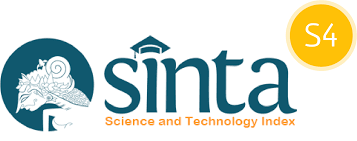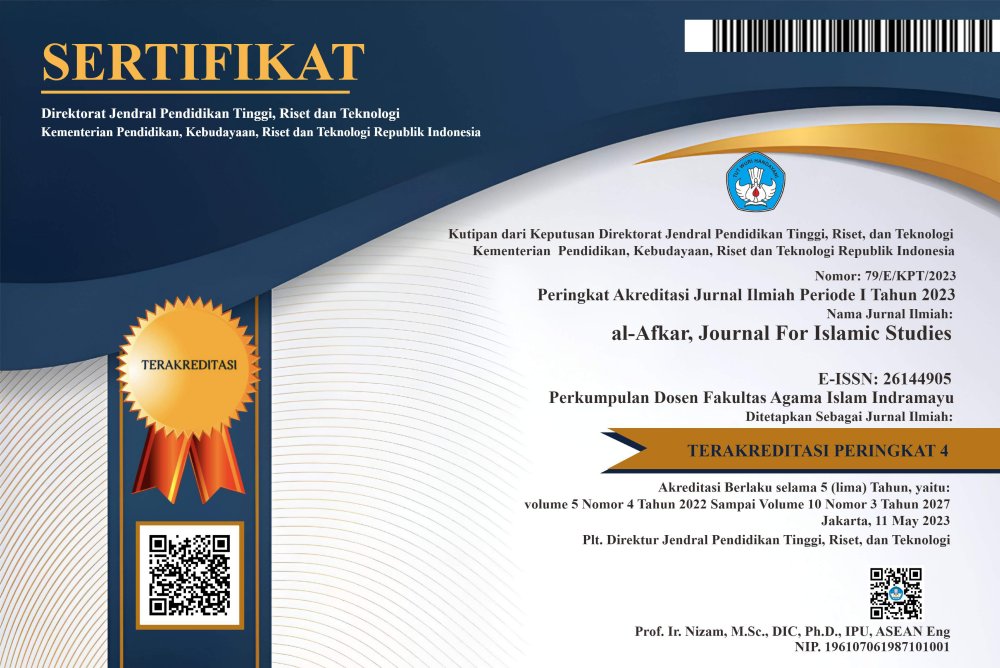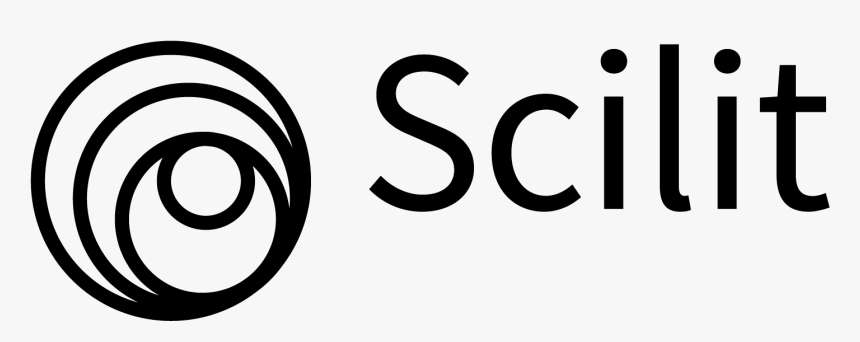Dowry and Panaik Money from an Islamic View (Case Study of Makassar Bugis Community Marriages in Asmat Regency, South Papua)
DOI:
https://doi.org/10.31943/afkarjournal.v7i3.1295Keywords:
Dowry, Panaik money, Bugis Customs, Islamic LawAbstract
This study aims to explain the views of Islamic law on dowry in marriages of the Bugis Makasar community in Asmat Regency, South Papua, the views of Islamic law on Money panaik in marriages of the Bugis Makasar community in Asmat Regency, South Papua, and the views of the Bugis Makasar community on the implementation of dowry and Money panaik in marriage. Within the Makasar Bugis ethnic group, several cultural groups and ancestral traditions are still practiced today. Including those carried out at wedding ceremonies. Before someone can get married, it is mandatory in Bugis society to give “Uang Panai” to the woman's family. In Bugis society, it is as if the bride's money determines whether a marriage will take place, and if it is not fulfilled then the marriage can be postponed or cancelled. Even though in the Islamic perspective it mandates the concept of "dowry", the Bugis community also considers panai money as an important requirement that must be fulfilled by the groom. In this case, every individual in society has their own perception of panai money, so its position in Bugis society becomes very important. In the Makassar Bugis community who live in Asmat Regency, South Papua, in fact it has a big impact on women, when men give panai money to women, after marriage, men feel they have a lot of power in their daily lives. day. This can be proven by the fact that men feel that they are kings, they don't want to work, and only stay at home. Meanwhile, wives who work earn a living to meet their living needs. This research uses a qualitative approach method by conducting observations and interviews with samples that we have determined and reviewing several sources of information from documents that support this theory and research so that it can run as it should. And coupled with library research, what is meant by library research is carried out to obtain data from several scientific works related to panai money'. The research results show that: First, in Islamic law a dowry is a gift from a man to the woman he marries, which then becomes the wife's full property. A person is free to determine the form and amount desired because in Islamic law there is no provision or limit on the dowry, but it is Sunnah that the dowry be adjusted to the ability of the man (future husband). In fact, in Islam it is recommended not to burden the prospective husband or the man in terms of dowry giving. Second, in Islamic law there are no provisions governing the amount or limits of panaik money. However, the law is mubah (permissible) and is left to the traditions of the local community in accordance with the mutual agreement of both parties. Third, the Makasar Bugis Community in Asmat Regency, South Papua can understand that Panaik money is one of the pre-requisites that must be implemented by the prospective groom. If this is not done, then it is very likely that the application will be rejected because Panaik money is one of the social status and pride of the prospective bride if her Panaik money is high, however, considering the development and understanding of the Makasar Bugis community who live in Asmat Regency, South Papua, currently there is little experience The shift depends on the agreement of both parties (future husband and wife).This article contributes to the view of Islamic law regarding dowry in marriages of the Bugis Makasar community in Asmat Regency, South Papua, the view of Islamic law regarding Panaik money in marriages of the Bugis Makasar community in Asmat Regency, South Papua.
Downloads
References
Ahmad, Abdul Kadir, Tradisi Perkawinan di Sulawesi Selatan Akulturasi dalam Masyarakat Islam, 2006.
Ardianto, Iqbal, Uang panaik Sebuah Kajian Antara Tradisi Dan Gengsi, Bandung: Mujahidi Grafis, 2016.
Avita, Nur, Mahar dan Uang panaik Dalam Perpektif hukum Islam (Studi Kasus Perkawinan Masyarakat Bugis di Kabupaten Bone), 2019
Lamallongeng, Asmat Riady Dinamika Perkawinan Adat Dalam Masyarakat Bugis Bone, Bone: Dinas Kebudayaan dan Pariwisata, 2007.
Latif, Syarifuddin, Fikih Perkawinan Bugis Tellumpoccoe, Tangsel: Gaung Persada Press Jakarta, 2016.
Yusuf, A.Muri, Metode Penulisan Kuantitatif, Kualitatif dan Penulisan Gabungan, Jakarta: PT. Fajar Interpratama Mandiri, 2014.
Ikbal, Moh. “Uang panaik‟ Dalam Perkawinan Adat Suku Bugis Makassar”, Al- Hukuma, volume 6 Nomor 1, Juni 2016.
Aini, Noryamin. “Tradisi Mahar di Ranah Lokalitas Umat Islam: Mahar dan Struktur Sosial di Masyarakat Muslim Indonesia” AHKAM: Jurnal Ilmu Syariah. Volume 17 Nomor 1, Juli 2014.
Eka Lestari, Rheny Mitos dalam Upacara Uang panaik Masyarakat Bugis Makassar. Skripsi (Jember: Universitas Jember, 2015).
Hajra Yansa, Yayuk Basuki. “Uang Panai‟ dan Stasus Sosial Perempuan dalam Perspektif Budaya Siri‟ pada Perkawinan Suku Bugis Makassar Sulawesi Selatan”, Volume 3 Nomor 2.
Hutami Adiningsih, A.Mega ”Tinjauan Hukum Islam Tentang Dui Menre dalam Perkawinan Adat Bugis”( Makassar: Skripsi Universitas Hasanuddin, 2016).
Ikbal, Moh “Uang panaik dalam Perkawinan Adat Suku Bugis Makassar”, The Indonesian Journal Of Islamic Family Law”, 06, Juni 2016.
Juwaini, M. ”Nilai-Nilai Moral Dalam Ritual Adat Pernikahan Masyarakat Bugis Dan Relavansinya Dengan Nilai-Nilai Pendidikan Islam”( Yogyakarta: Tesis Universitas Islam Negeri Sunan Kalijaga, 2018).
Moleong, Lexy. (2013). Metodologi Penelitian Kualitatif (edisi revisi). Bandung: PT Remaja Rosdakarya.
Marling, Nashirul Haq “Uang Panai‟ Dalam Tinjauan Syariah”, Ilmu Hukum Dan Syariah, volume 6 Nomor 2, Desember 2017.
Ridha Jafar, Ahmad ”Uang Panai‟ Dalam Sistem perkawinan Adat Bugis Makassar Perspektif Hukum Islam”( Yogyakarta: Skripsi Universitas Islam Indonesia, 2016).
Setiyawan, Agung “Budaya Lokal dalam Perspektif Agama, Esensia, volume XIII Nomor 2, Juli 2012.
Sugiyono. (2016). Memahami Penelitian Kualitatif. Bandung: CV. Alfabeta
Downloads
Published
How to Cite
Issue
Section
License
Copyright (c) 2024 Ayu Pramudia Kusuma Wardani, Khuriyah

This work is licensed under a Creative Commons Attribution 4.0 International License.



















